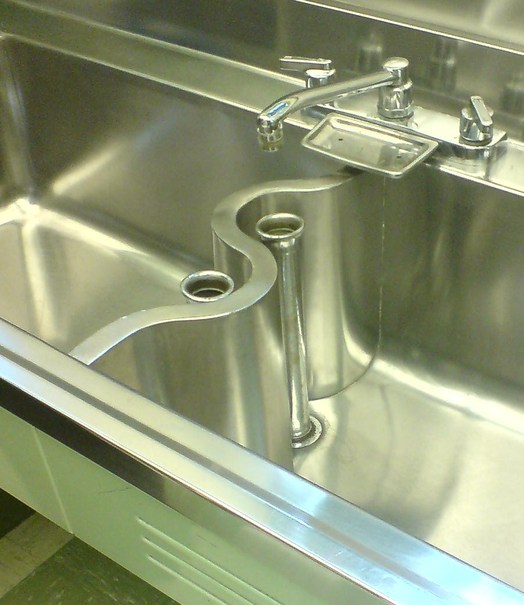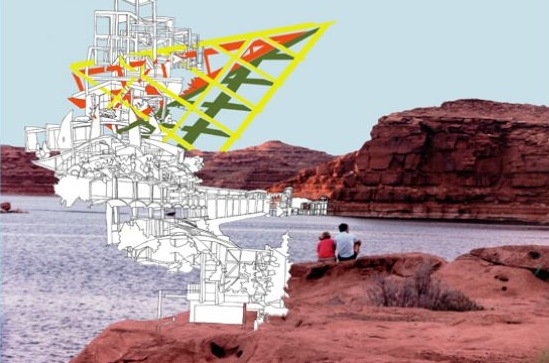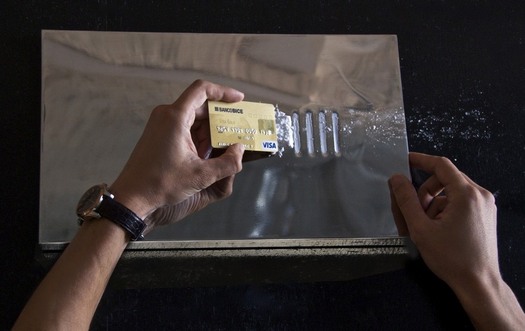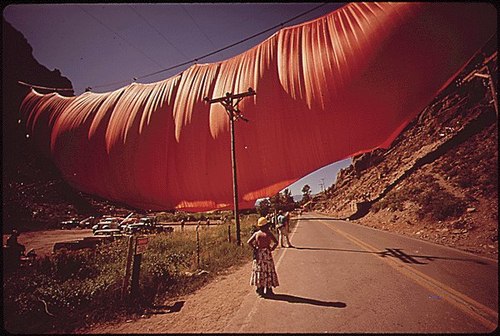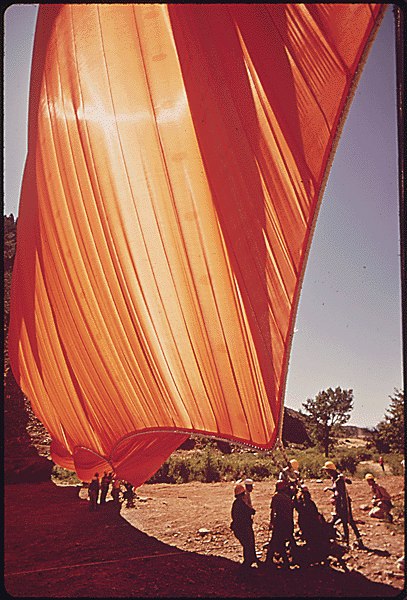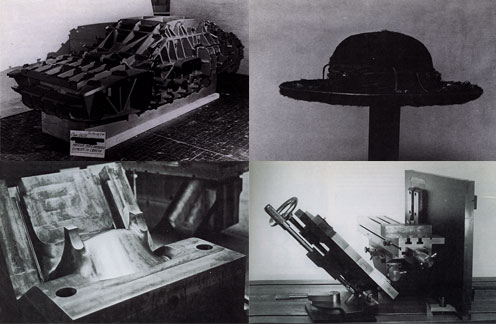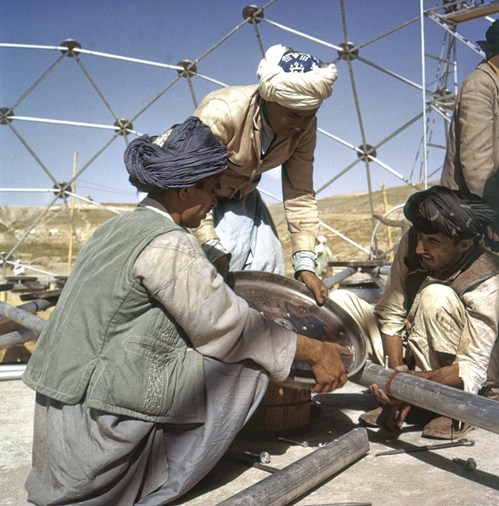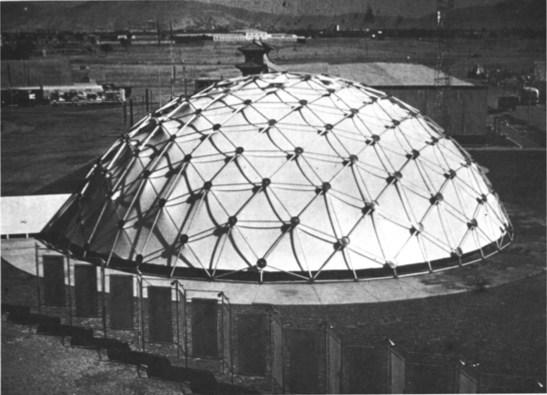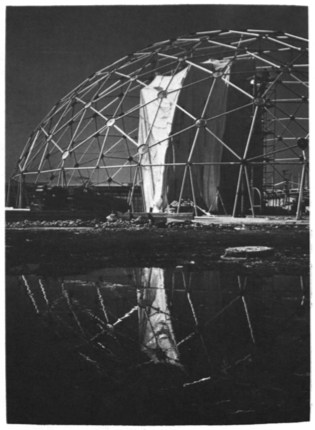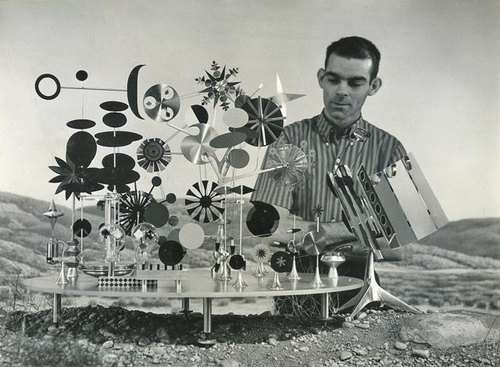
A few months ago, I was asked to write something about Ray and Charles Eames by the folks at Humanities Magazine, published by the National Endowment for the Humanities.
The NEH had provided some funding to Jason Cohn and Bill Jersey’s documentary, Charles & Ray Eames: The Architect and the Painter, so a straight-up review wouldn’t really work. But I was encouraged by the documentary’s title, and its exploration of Ray’s role in the duo’s collaborative process, and so I decided to float the idea that there’s a lot to learn by considering the Eameses as artists:
Throughout their own careers, whether making architecture, furniture, toys, annual reports, or films, the Eameses presented themselves as designers. And despite their forays into education, computing, and international diplomacy, that’s how they are typically seen. But calling the Eameses designers while trying to account for their polymathic legacy can be problematic, particularly if we’re picturing the designer as a lone, heroic genius: Charles Eames as the Howard Roark of American consumer capitalism. It invites many esoteric and academic questions about process, context, gender, and collaboration, which are interesting but hard to resolve. When considered from an artistic perspective, however, many of these complications evaporate. Accepting Ray and Charles Eames as artists and their studio work as art gets us away from the arbitrage over who did what and how. Plus, it enriches and deepens the contemporary understanding of their role in the culture of their time.
That’s John Neuhart up there, by the way; he built the Eameses’ greatest object besides their house, and one of the greatest unsung, unrecognized artworks of the modernist era, the Solar Do-Nothing Machine.
Modern Love, Humanities Magazine, Nov/Dec. 2011 [neh.gov]

